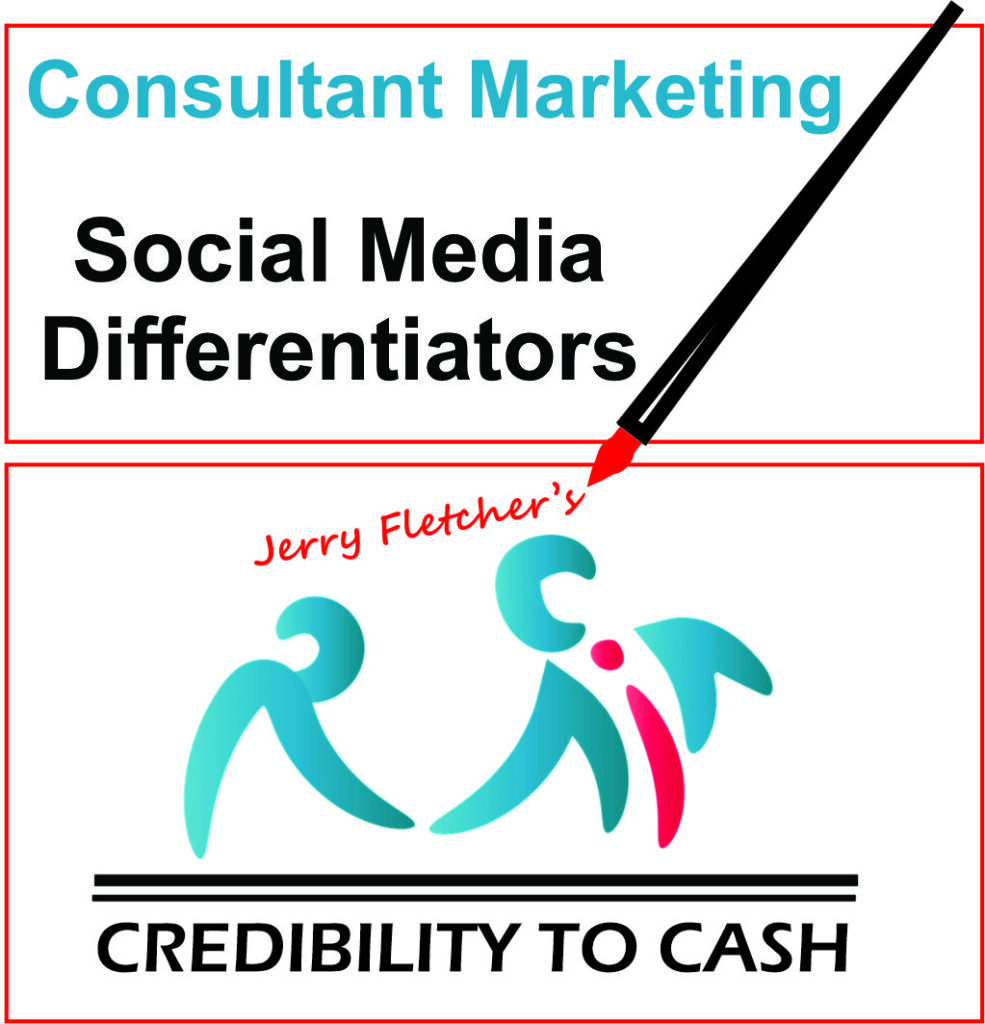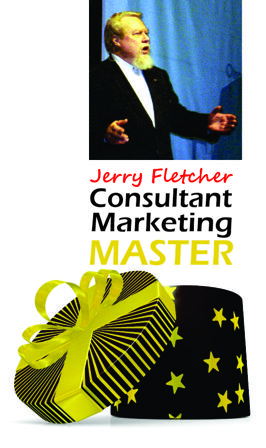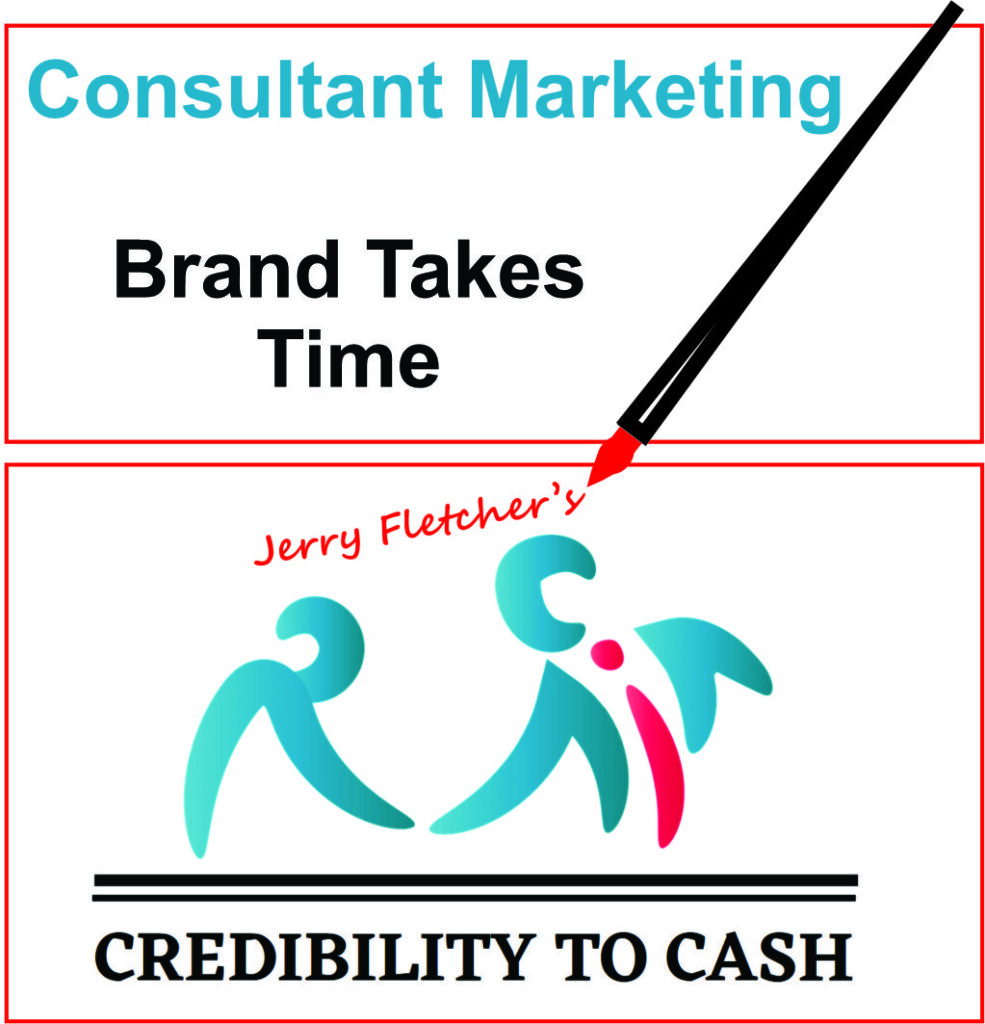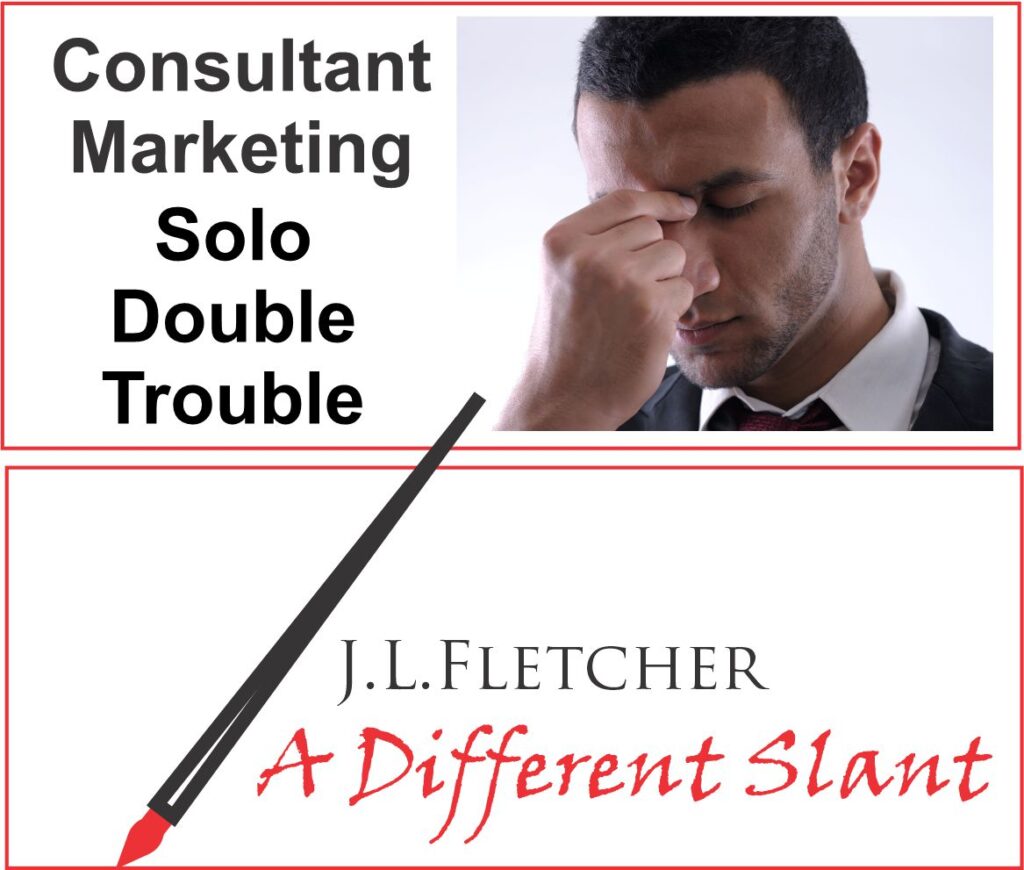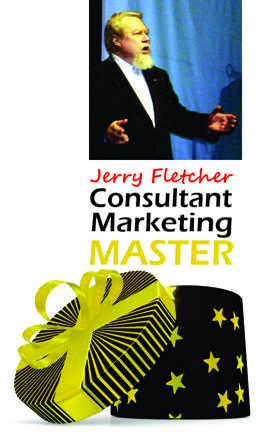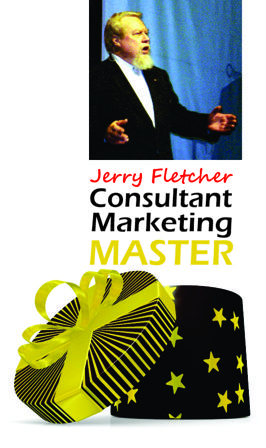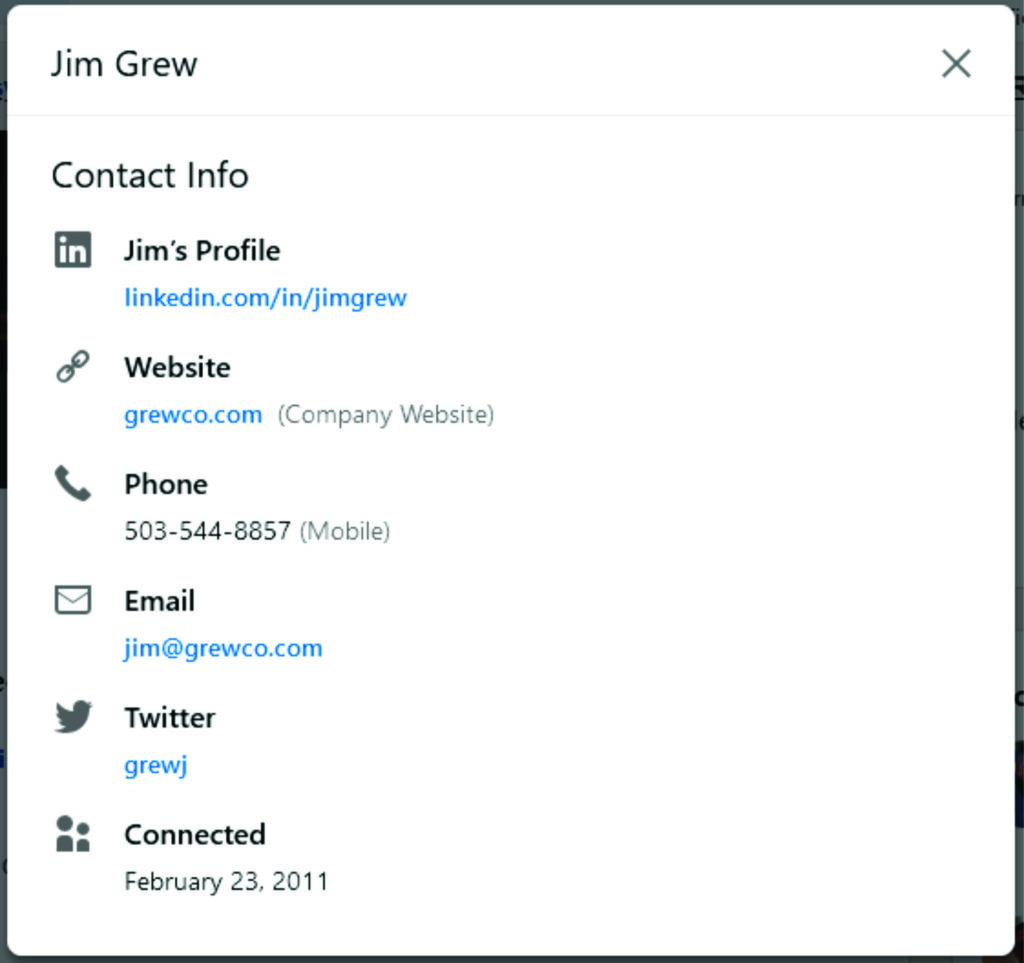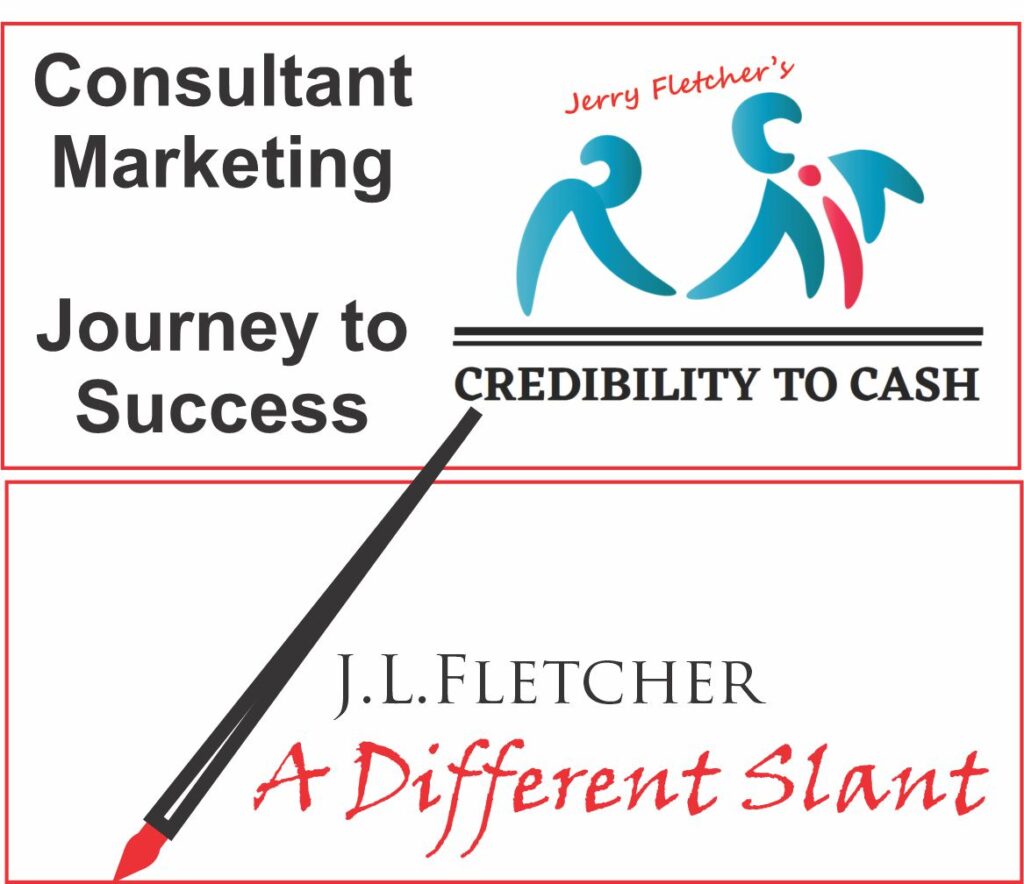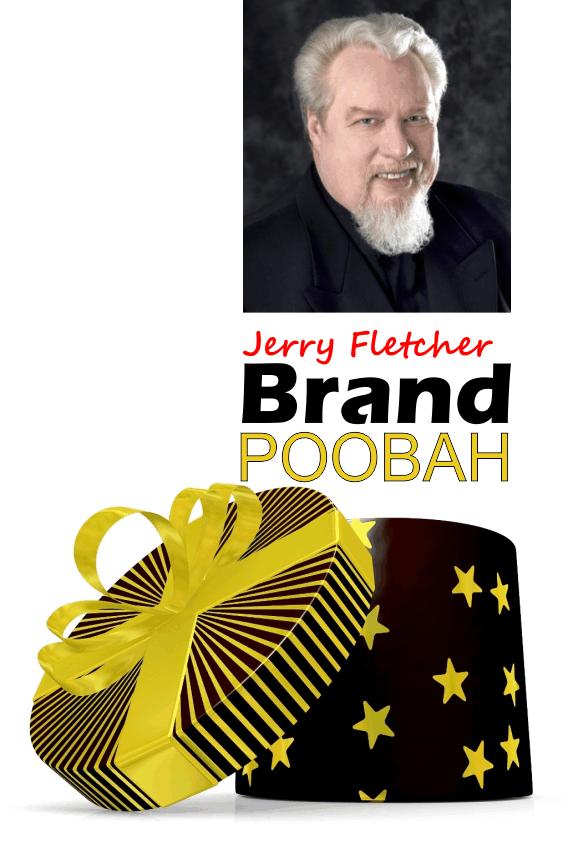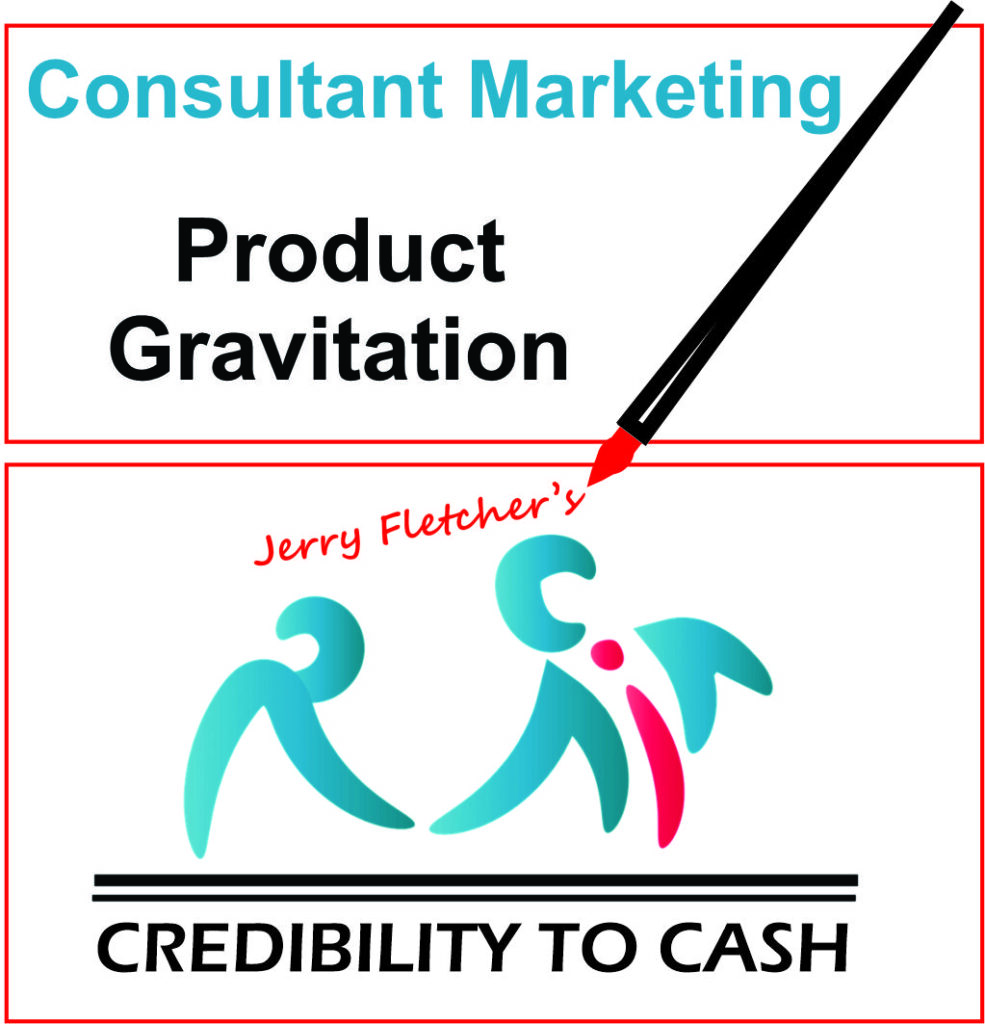
Consistency
The key element in building a brand across multiple platforms is consistency.
You cannot change the words and pictures willy-nilly. It is particularly important to say things the same way as often as possible because we operate in a digital world and the search engines use words to find things. Your Linked in Profile and your website must deliver the same message .They can thanks to Pro Brandr.
Digital and Analog
Both play a role in building your brand. Words are initially most important because they are how people and organizations are differentiated both by digital search and when a referral source needs to convey your capabilities.
Graphics are the main analog elements. Photos, illustrations, art and logotypes all can play a part in making you memorable. Visual elements of your brand can have enormous impact.
But words and pictures have to play together in each presentation and across mediums to be effective.
One of the greatest industrial designers ever understood this. His approach still makes sense today:
“People gravitate to products that are bold, but instantly comprehensible. Loewy called his grand theory “Most Advanced Yet Acceptable”—maya. He said to sell something surprising, make it familiar; and to sell something familiar, make it surprising.”
Raymond Loewy, Industrial Designer
Bold but instantly Comprehensible
Loewy practiced from the 1930s to the 1970s and some of his designs live on and are familiar today:
| Air Force One livery Coca-Cola bottle and fountain dispenser Greyhound Scenicruiser bus and logo JFK postage stamp Logos for Exxon, Shell, International Harvester, Nabisco, Quaker, and the U.S. Postal Service His iconic designs for aircraft interiors, railroad locomotives and automobiles are why we enjoy marvelous changes in vehicles today. Surprising but familiar The element of surprise gets people’s attention. The familiar allows understanding. This is not a new concept. When the automobile was first introduced it was called the “horseless carriage.” Positioning for a specific market versus competition is best exemplified by “The Uncola” for Seven-Up. Or for the adults in the house, Miller High Life as “The Champagne of Bottled Beers.” |
Familiar but surprising
We live in a world that is constantly changing. There are examples of this approach in every product category. For example, an automobile called a hybrid which runs on both gasoline and electricity. Once that truly differentiated the vehicle but now you have a choice of brands. Or how about foods that have Zero Calories. Sugarless desserts.
We need to quickly and surely put things into the matrix between our ears in such a way that we can first understand the item and then quickly recall it.
Impact at speed
Remember that when folks first come upon any new page on the internet that you have just 3 seconds to get your brand across. You have at most 15 seconds to connect with words a potential referral source can use to tell someone about you. Your graphics must connect with that part of the prospects brain that responds to emotion and has no words.
Your web site can serve up a great deal of the information you put into your Linked In profile but in greater depth. Make sure your visuals and words build your credibility to cash. Need help? Check out ProBrandr.
And so it goes.
Jerry Fletcher is a sought-after International Speaker, a beBee ambassador, founder and CEO of Z-axis Marketing, Inc. See Jerry’s speaker demo reel.
His consulting practice, founded in 1990, is known for on and off-line Trust-based Consultant Marketing advice that builds businesses, brands and lives of joy.
Credibility to Cash TM is his latest way to share experiences so you can take your business up a notch…or two.
Consulting: https://www.JerryFletcher.com
Speaking: https://www.NetworkingNinja.com
Product: https://www.ProBrandr.com


